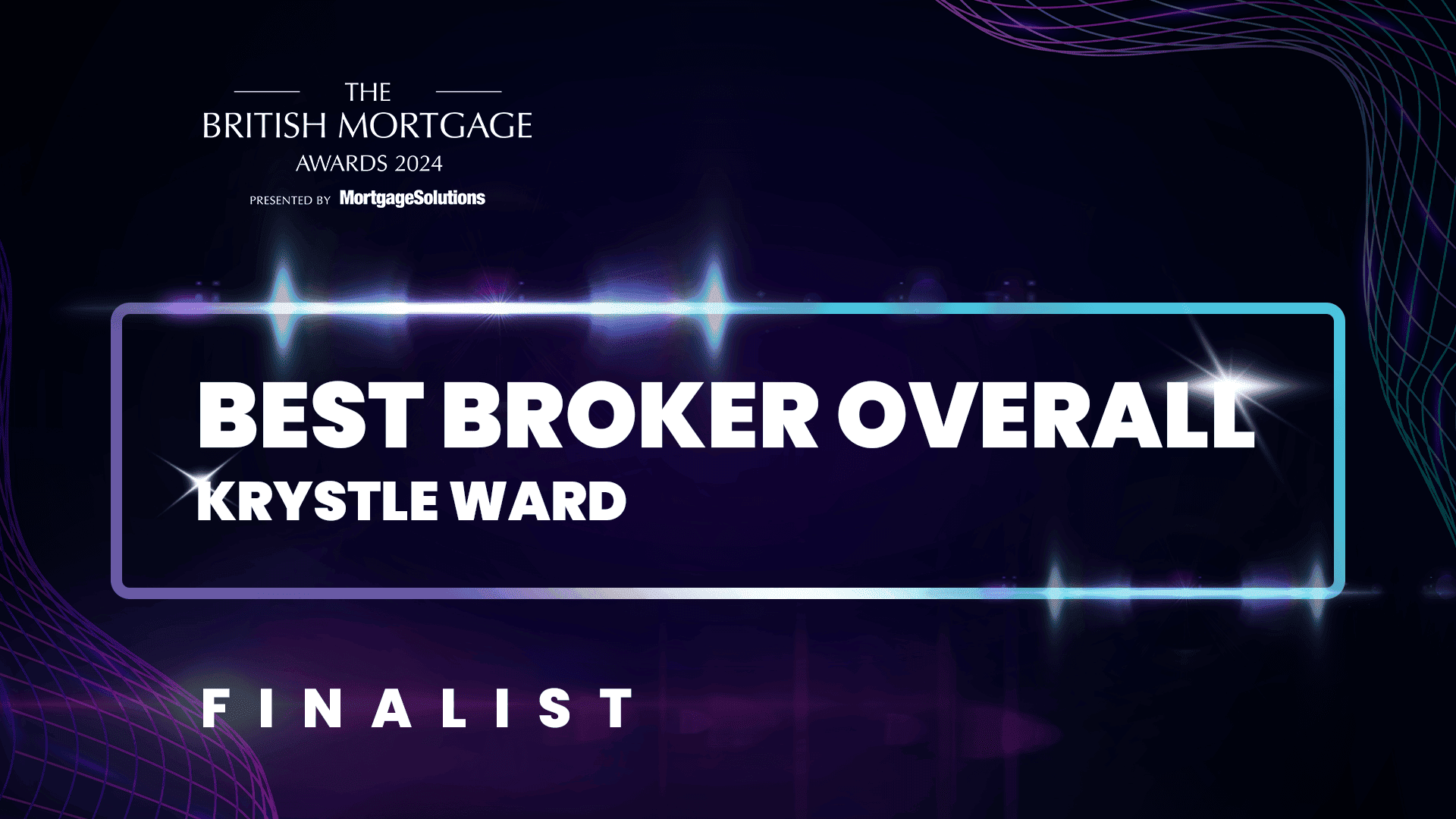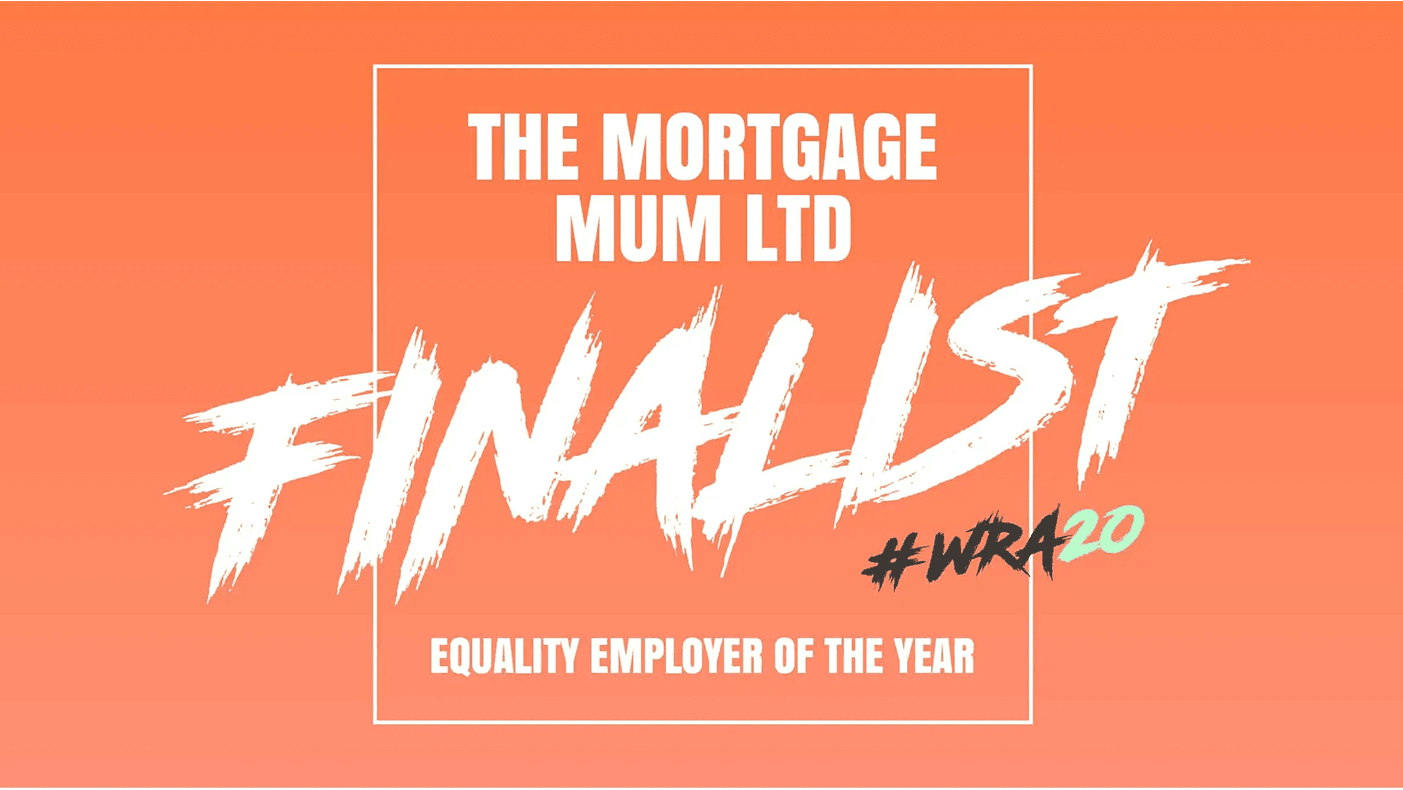Contractor Buy to Let Mortgages
Hello, and welcome back to another episode of The Mortgage Mum podcast. You might be wondering, are they still talking about contractors? Well, yes, we are! That’s how many contracting questions there are out there.
Today we’re talking about Buy to Let mortgages for contractors. This is a great episode, even if you’re just wondering about Buy to Let mortgages and you’re not a contractor.
Can I get a Buy to Let mortgage as a contractor?
Yes, you can get a Buy to Let mortgage as a contractor. It doesn’t matter that you’re a contractor – it’s really all about the rental property. Buy to Let mortgages are very different. They’re more about the deposit you have and how much rent you will charge on the property – that’s how the mortgage companies assess affordability.
It’s much less about what you do for a job and how much money you earn. It’s about your potential experience as a landlord and the property that you’re looking to buy to rent out.
How does a Buy to Let mortgage for contractors work?
The only differences are related to the fact that some Buy to Let mortgages rely on your income, as well.There’s something called ICR: interest coverage ratio. Lenders will typically look at the expected rent on a property and compare it to the mortgage payments, based on your deposit.
They like the rent to cover at least 125%, sometimes 145% of those mortgage payments. It means that the landlord can cover the mortgage even if rent goes up or down.
A contractor income only comes into it if that isn’t enough. If a broker did the calculation for you and the interest cover ratio isn’t met, but you’re still set on that property being a good investment, you can use your personal income to ‘top slice’ the mortgage. That allows the lender to give you the borrowing you’re looking for.
The lender will look at the rent and your income to feel more comfortable with the affordability. Being a contractor comes into that in how they look at your income and what they’re looking for.
What is top slicing?
Top slicing is a term we use when we take income into account on a rental mortgage. It’s just jargon.Essentially, it’s a top up. So that’s where ‘top’ comes in. It’s topping up the rental income using the borrower’s personal income. It’s ‘sliced’ because they’re going to use part of that income. So we’re going to slice a bit of the income off, to top up the rental income.
It applies if the rent is a short of what the lender would like. The client still wants the property, so we slice off a little bit of their income and add it to the top of what they would have borrowed.
Why should contractors invest in Buy to Let property? What are the pros and cons?
Investing in Buy to Let properties is becoming more and more popular. It’s seen as a good investment. A lot of people use it to plan for retirement, while others use it for a steady income stream or grow capital – because of course house prices do tend to increase.
The more properties a landlord adds to their portfolio, the more value that could potentially add to those assets. Buy to Lets should always be seen as a long-term investment.
I’m seeing a lot more aspirational investors coming to us wanting to understand the Buy to Let business. It’s important to remember every property needs to be looked at as an individual investment. It’s not one size fits all.
You’ve got to put down quite a big deposit, percentage wise, so it’s not low risk. There are obviously pros and cons because you’re dealing with people, and you can’t control people, no matter how much you want to.
Your tenants may not always behave the way that you’d like them to. They may not even keep up with rental payments, although obviously you can do things to address that. You may struggle to find people to rent the property. Lots of things are outside your control.
Imagine how annoying it is when your boiler goes wrong – and then imagine that in your rental property, where you don’t even benefit from the brand new boiler you install. Lots of different things could come up – we all know houses have a mind of their own and that’s no different in the Buy to Let world. You’ve got to go into it with your eyes wide open, but there’s a lot to be gained from entering this market.
Speak to an expert
We will work at times that suit you and your family, carrying out appointments via video call, telephone or email, giving you the benefit of first class service, around your own schedule, and in the comfort of your own home. So let us handle your mortgage today and find out how well we can look after you, The Mortgage Mum way!
How will lenders assess my income for a Buy to Let mortgage as a contractor? What documents do I need to prepare?
We’re going to need to see the rent – and that’s done by a valuation of the property. But it’s a good idea for you to have an idea of what that property could get in monthly rental income, and hopefully the valuation will support that.
If we’re talking about top slicing you are going to need to prove your income. As a contractor, that’s going to be slightly different to a normal employed person.
You need to be really organised and have all your contracts in one place. We need to see that you’ve been doing this for at least a year. If there are any gaps between your contracts, lenders will ask why, and they also want to know how long is left on your existing contract.
Whether you’re paid hourly, daily or weekly we need to confirm that amount. If you give us your hourly rate, we’ll turn it into a weekly total. From there, your annual income is generally going to be 46 to 48 times that.
We need to prove to the lender that’s what you earn – so if you’re under an umbrella company, we would need payslips. If you’re a self-employed contractor, it will be your tax documents – your SA302s – plus bank statements to support that. Plus, you will always need to prove your ID and residency for any kind of mortgage.
Should I Buy to Let as an individual or through a limited company?
Make sure you get tax advice around this. There are lots of reasons for and against, but everything’s related to tax.
The reason limited company Buy to Let became so popular is largely because of changes in how landlords were taxed. Previously, the mortgage payments were treated as an expense and landlords were just taxed on what was left. That’s no longer the case.
That’s why buying properties to rent for a limited company became more popular, but tax is not the only reason people do it. Limited company mortgages for Buy to Let are growing and there are plenty of options available.
It really depends on your long-term plan and why you’re thinking about doing it through a limited company.
How does tax work with a Buy to Let property as a contractor?
You do need obviously to declare your tax. People have come to me before and unknowingly have not declared their rent as a self-employed person or a limited company, but that means they can’t use it as income for a mortgage.
If you are looking at Buy to Let, you must find an accountant to guide you through what you need to declare and when, and the best way of structuring it – ideally before you buy the property.
Your rent is seen as income. And although your rent might just cover your mortgage payments and you might do top slicing, you’ve still got to pay income tax on that rent. You really need to make sure that it all stacks up once you take tax into account.
Tax can be a complete game changer as to whether something’s a good investment or not. Plus, that tax comes into whether you buy through a limited company or have a property in your own name.
It’s all about the grand plan, not just buying one property at a time. Structuring it right from the beginning is really important, so get that advice.
How does remortgaging a Buy to Let property as a contractor work?
There’s no difference other than how you prove your income. To remortgage, you’re going to prove that you can borrow the amount you need. Perhaps you’re looking to raise extra money to do an extension or consolidate some debt. Or, you may want to not raise more money and instead, reduce your term.
In any case, we’re going to be reassessing your affordability, and to do that, we’ll need to know what you earn. It’s our job to guide you through that. As long as you can give us the paperwork, we can do the rest and explain it all for you as we go.
Can I get a Buy to Let mortgage as a contractor if I have bad credit?
Yes, you can, which is really good news for those with bad credit. I was part of a board discussion recently with an adverse credit lender and unfortunately the bad credit situation has become worse in the UK in the last five years. It’s due to the cost of living crisis and how some businesses struggled through Covid.
Far more people have blips on their credit file, or have gone on to have what’s considered as bad credit in the mortgage industry. There’s lots of help out there for people like you.
It won’t stop you getting a Buy to Let mortgage or investing in the property market. It doesn’t mean lenders won’t touch you. You may pay a higher rate, depending on the severity of that adverse credit, but it’s worth still looking into it and finding out all the facts.
We might explain what it looks like now, but if you wait a year or two, it could look very different.
With Buy to Let mortgages, bad credit is less likely to affect you than on a residential mortgage, because it comes down to the property and the rent. It really depends on what the whole picture looks like. Talk to an advisor and find out the answers. Come prepared with your credit report so we can really have a look at that with you.
How do I apply for a Buy to Let mortgage as a contractor? How long is the process?
It depends. It depends how good your solicitors are and how quick the chain is, but in terms of the mortgage, apply as quickly as possible after you’ve found that property.
You really should be talking to a mortgage advisor about this, because there’s lots of things to look into. You really want to have a Decision in Principle ready before you view properties, so you can show you’re serious.
That way, agents can prioritise any offer that you might make. The Buy to Let mortgage industry and property industry is very competitive. There are investors out there ready.
When a great rental property comes up, you’re going to have competition. It’s good to be prepared, to know what your budget is, and set up alerts so that when those properties come up, you’re one of the first to view them and potentially put an offer in.
How can a mortgage broker help with Buy to Let mortgages for a contractor?
If you’re looking to do Buy to Let, presumably you have a passion for property – and so do mortgage brokers. That’s why we do what we do. We don’t just love mortgages, we love property and helping people make those dreams come true. Mortgages just facilitate those goals.
So if you’re looking for somebody to come with you on the journey, it’s not just about getting the right estate agent for the best properties. It’s about getting the right financing. We’ll keep you organised and when those finance options need to be reviewed, we’ll contact you well in advance.
If there are any regulatory changes, we’re on that for you. You don’t need to be on top of everything if you’ve got the right team around you. Perhaps you want to be a portfolio landlord, in which case having the right team from the start is a big help.
You will educate yourself along the way, and a good broker is going to help you. They will become so important to you. They should be in your phone’s favourites list, so that as soon as you find a property you can get all the help you need.
YOUR PROPERTY MAY BE REPOSSESSED IF YOU DO NOT KEEP UP REPAYMENTS ON YOUR MORTGAGE.
MOST BUY TO LET MORTGAGES ARE NOT REGULATED BY THE FINANCIAL CONDUCT AUTHORITY.
HM Revenue and Customs practice and the law relating to taxation are complex and subject to individual circumstances and changes which cannot be foreseen.

























































